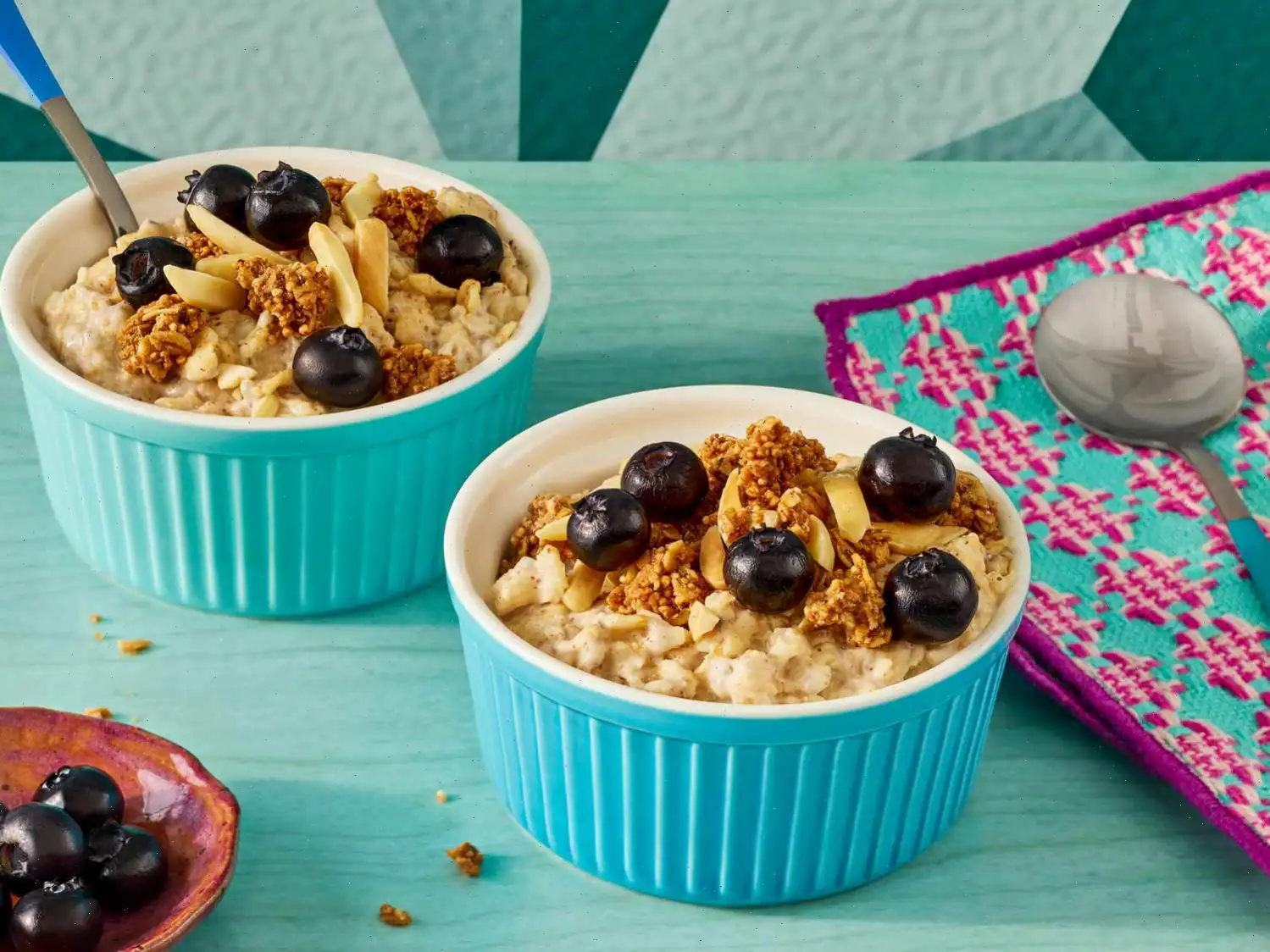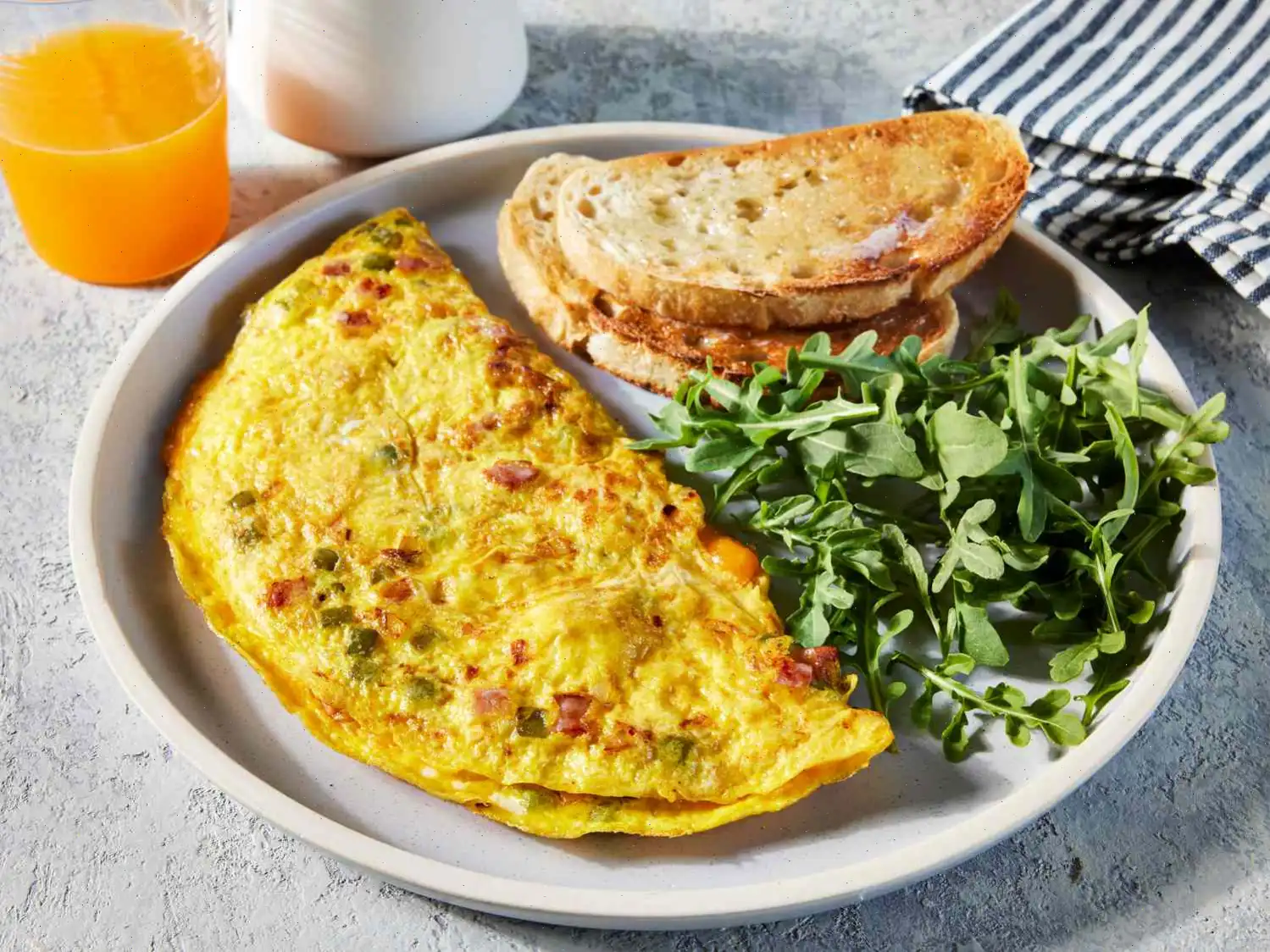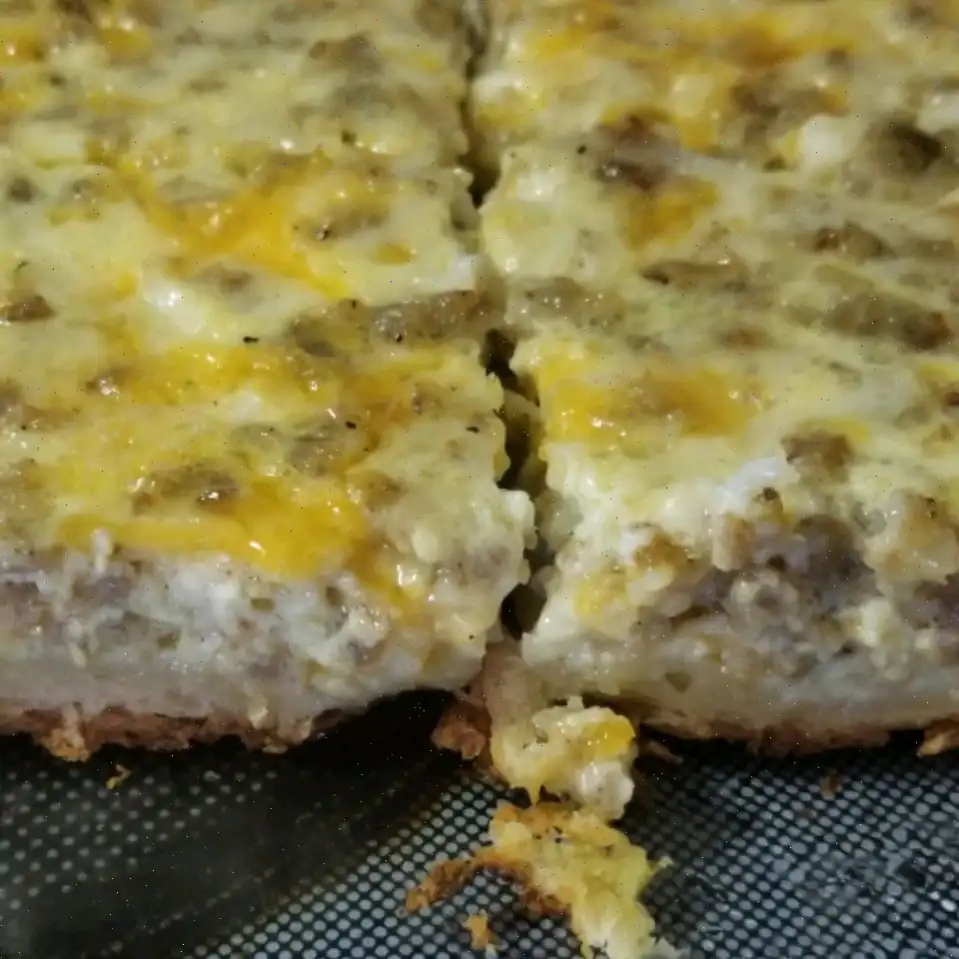
Cinnamon Buttermilk Bread Recipe
Ingredients
This recipe yields 8 servings. Quantities are scaled automatically, but cooking times and steps remain unchanged. Note that some recipes may not scale perfectly.
- 2 cups all-purpose flour
- 1 cup plus 2 tablespoons white sugar, divided
- 2 teaspoons baking powder
- 1/2 teaspoon baking soda
- 2 1/2 teaspoons ground cinnamon, divided
- 1 teaspoon salt
- 1 cup buttermilk
- 1/4 cup unsweetened applesauce
- 2 large eggs
- 2 teaspoons vanilla extract
- 2 teaspoons unsalted butter
Directions
- Preheat the oven to 350F (175C) and lightly grease a 9x5-inch loaf pan with nonstick spray.
- In a large bowl, whisk together the flour, 1 cup of sugar, baking powder, baking soda, 1 1/2 teaspoons of cinnamon, and salt.
- In a separate cup, stir together the buttermilk, applesauce, eggs, and vanilla extract until smooth.
- Gently fold the wet ingredients into the dry ingredients until fully combined. Pour the batter into the prepared loaf pan and smooth the surface.
- In a small bowl, mix the remaining sugar, remaining cinnamon, and butter with a fork until crumbly. Sprinkle this mixture evenly over the batter.
- Bake for approximately 50 minutes, or until a toothpick inserted into the center comes out clean.
- Optional: For a chocolate swirl variation, reserve 1/3 cup of batter, add 1 tablespoon of cocoa powder, then dollop and swirl into the batter in the loaf pan before adding the topping.
Nutrition Facts (per serving)
- Calories: 175
- Total Fat: 3g (4% DV)
- Saturated Fat: 1g (6% DV)
- Cholesterol: 50mg (17% DV)
- Sodium: 542mg (24% DV)
- Total Carbohydrate: 31g (11% DV)
- Dietary Fiber: 1g (5% DV)
- Total Sugars: 6g
- Protein: 6g (12% DV)
- Vitamin C: 0mg (1% DV)
- Calcium: 124mg (10% DV)
- Iron: 2mg (11% DV)
- Potassium: 108mg (2% DV)
* Percent Daily Values are based on a 2,000 calorie diet. Your values may vary depending on your caloric needs. Consult your doctor or dietitian if following a medically restrictive diet.
The Story Behind Cinnamon Buttermilk Bread
Cinnamon buttermilk bread has its roots in American home baking traditions dating back to the 19th century. Buttermilk, a byproduct of butter-making, was a staple in many rural households, prized for its tangy flavor and ability to tenderize baked goods. Combining it with cinnamon, a spice introduced to America through colonial trade, created a fragrant, slightly sweet loaf that became a favorite for breakfast tables and afternoon teas. Over time, bakers began incorporating applesauce or other natural sweeteners to enhance moisture, making the bread soft and richly flavored without relying on large amounts of butter or oil.
Regional Characteristics
This bread is especially popular in the Southern United States, where buttermilk is traditionally abundant. Southern versions often feature a cinnamon-sugar swirl or a crumb topping, giving the loaf a signature sweet aroma and a tender crumb. In contrast, Northern adaptations tend to be denser, sometimes including nuts or raisins. Regional preferences also influence the sweetness level and texture, with some areas favoring a more cake-like loaf, while others keep it closer to classic quick bread consistency.
How It Differs from Similar Breads
While cinnamon rolls and coffee cakes also feature cinnamon prominently, cinnamon buttermilk bread is distinct in its simplicity and texture. Unlike cinnamon rolls, it is a quick bread, requiring no yeast or extended rising time, which makes it accessible for home bakers. Unlike coffee cake, it is not overly sweet and usually lacks a rich, buttery filling, relying on buttermilk and applesauce for moistness and subtle flavor complexity. Its crumb topping, if added, is lighter and less indulgent than the typical streusel found on coffee cakes.
Where It Is Typically Served
This versatile bread is commonly served at breakfast, brunch, or as a snack with coffee or tea. Many families enjoy it toasted with a thin layer of butter or cream cheese. It also appears at holiday gatherings, potlucks, and casual afternoon teas, appreciated for its comforting aroma and ease of preparation. Bakeries often sell it as a loaf or in sliced portions, perfect for gifting or enjoying with a warm beverage on crisp mornings.
Interesting Facts
- Cinnamon was once a luxury spice in colonial America, and its use in everyday bread reflected both creativity and resourcefulness.
- The combination of buttermilk and applesauce allows the bread to stay moist for several days without refrigeration, making it an early example of practical home baking.
- Modern variations sometimes incorporate chocolate swirls, nuts, or dried fruit, showcasing how adaptable the recipe has become over the decades.
- Cinnamon buttermilk bread has inspired numerous quick bread innovations, proving that simple ingredients can yield rich, complex flavors without elaborate techniques.
FAQ about Cinnamon Buttermilk Bread Recipe
Comments
Kar
01/13/2025 03:29:51 PM
Great cinnamon flavor. The topping puts this quick bread over the top, so don't skip it. It did take me a little longer to bake, so just make sure a toothpick comes out clean to determine doneness. We love it!
Brandon Robinson
10/26/2024 01:16:57 PM
Easy to follow and turned out great.








